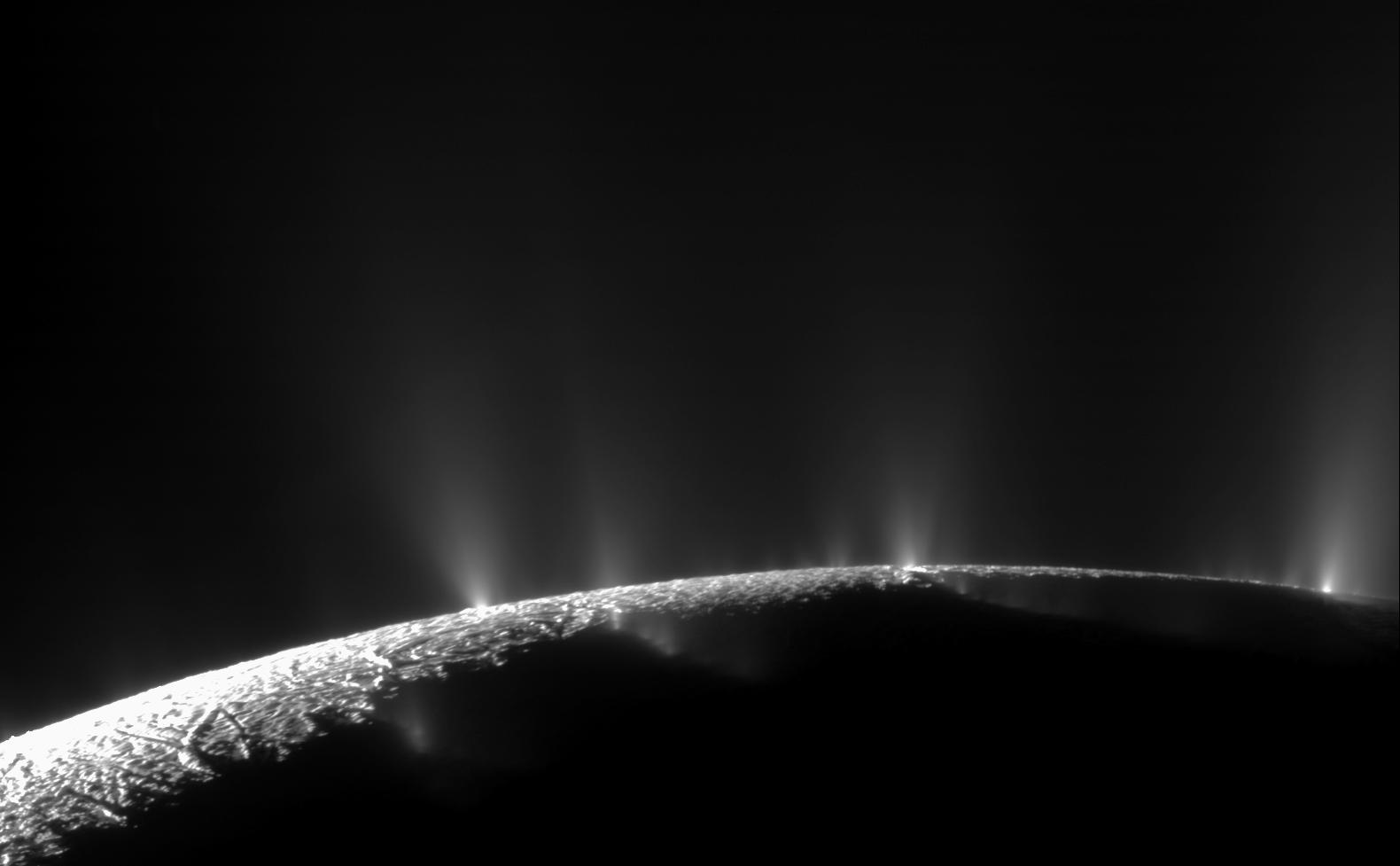3 min read
Cassini Significant Event Report
For Week Ending 03/15/02
The most recent spacecraft telemetry was acquired from the Goldstone tracking station on Tuesday, March
12. The Cassini spacecraft is in an excellent state of health and is operating normally. Information on the spacecraft's position and speed can be viewed on the "Present Position" web page.
Activities this week included the successful deregistration of the D7.4 and registration of the D7.6 on-board modules, uplink of a Visual and Infrared Mapping Spectrometer (VIMS) mini-sequence, and uplink and start of execution of the C31 background sequence. On-board activities for the end of C30 included a memory readout of online string statistics, a Magnetospheric Imaging Instrument (MIMI) Low Energy Magnetospheric Measurement Subsystem (LEMMS) exercise, and a Cosmic Dust Analyzer (CDA) noise evaluation.
Initial activities for C31 included a clearing of the Attitude Control Subsystem (ACS) high water marks, and participation in a commanding test over DSS-65.
After the conclusion of C30, the Sequence Team lead and deputy will generate the sequence as-flown products.
The Sequence Team Kick-off meeting for C32 was held this week.
The repeat of a DSN firmware test to verify the Block V receiver firmware upgrade originally performed in January was conducted this week over DSS-25. The demo was successful.
Mission Planning met with Program Management to present the plan for the Space Science subphase, which covers the period from 1 July 2002 through 1 January 2004. Cruise and tour sequence boundaries were one of the topics of discussion at this week's Mission Planning Forum. Proposed boundary changes for the Huygens Mission were discussed along with what is known of science and spacecraft restrictions on Revs B and C.
At this month's Instrument Operations Working Group, presentations were made by the Science Archive working group and E-Kernel working group. Topics included product lists, schedule updates, Software Interface Specification (SIS) and Operations Interface Agreement (OIA) status, and changes to be implemented in the E-kernel system as a result of the recent design review. Additional status was reported on C-Kernel generation, and Science Operations and Planning Computers (SOPC), Remote Terminal Interface Unit (RTIU), Navigation Ancillary Information Facility (NAIF) toolkit, and Spacecraft, Planet, Instruments, C-matrix, and Events kernels (SPICE) server status.
Cassini held a dry run for its Educational Outreach Design Review. The final design review will be March 22.
In February outreach personnel gave a workshop at TechEd02. The workshop focused on bridging the gap between science and literacy learning through the use of Cassini science materials. Participants also learned about some of the exciting new education opportunities that will be available soon. Thirty-five high school and community college educators attended the workshop held in Long Beach, California.
Additional information about Cassini-Huygens is online at http://saturn.jpl.nasa.gov.
Cassini will begin orbiting Saturn on July 1, 2004, and release its piggybacked Huygens probe about six months later for descent through the thick atmosphere of the moon Titan. Cassini-Huygens is a cooperative mission of NASA, the European Space Agency and the Italian Space Agency. JPL, a division of the California Institute of Technology in Pasadena, manages the mission for NASA's Office of Space Science, Washington, D.C.
Media Relations Office
Jet Propulsion Laboratory
California Institute of
Technology
National Aeronautics and Space
Administration
Pasadena, Calif. 91109.
Telephone (818) 354-5011







